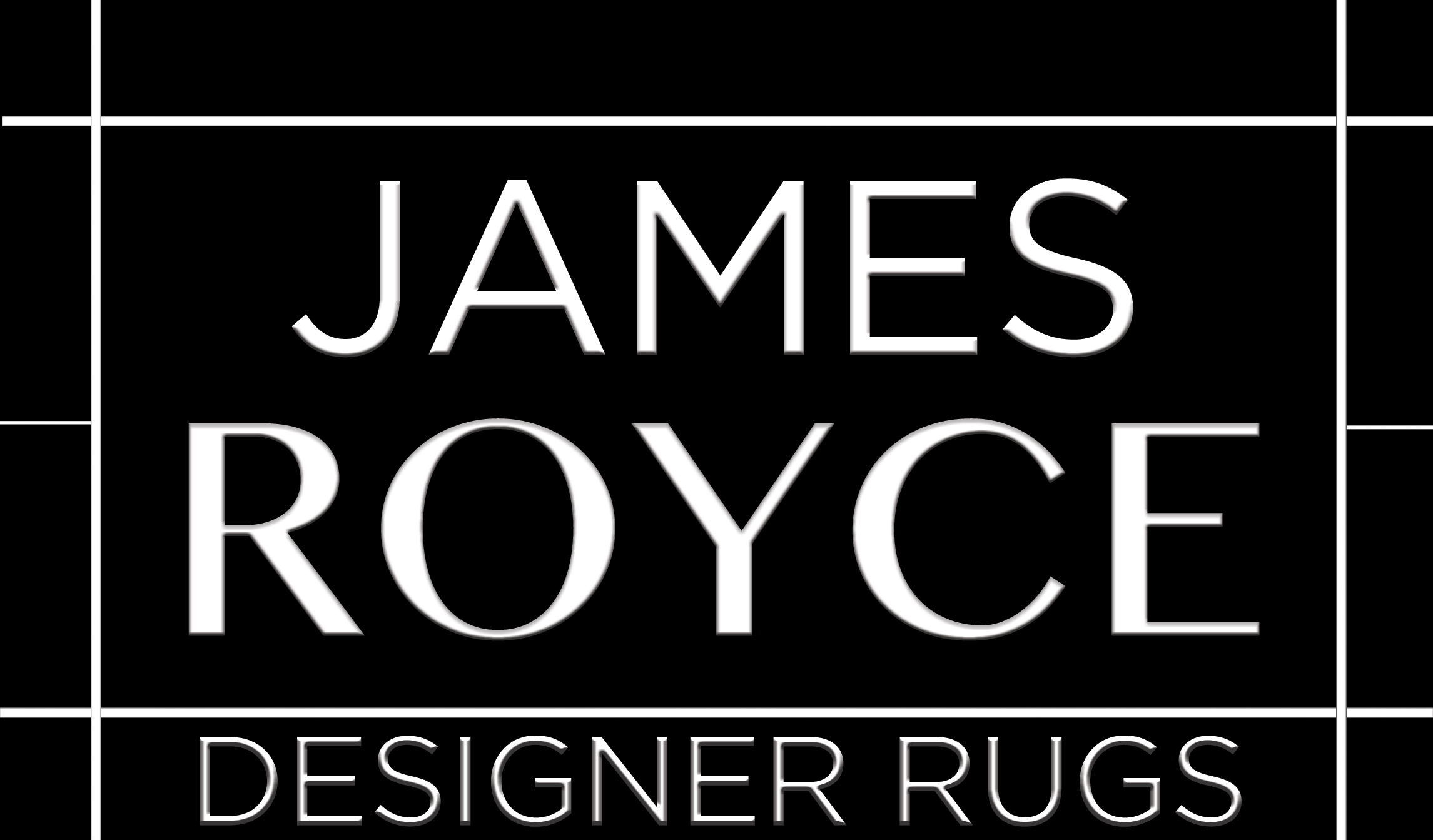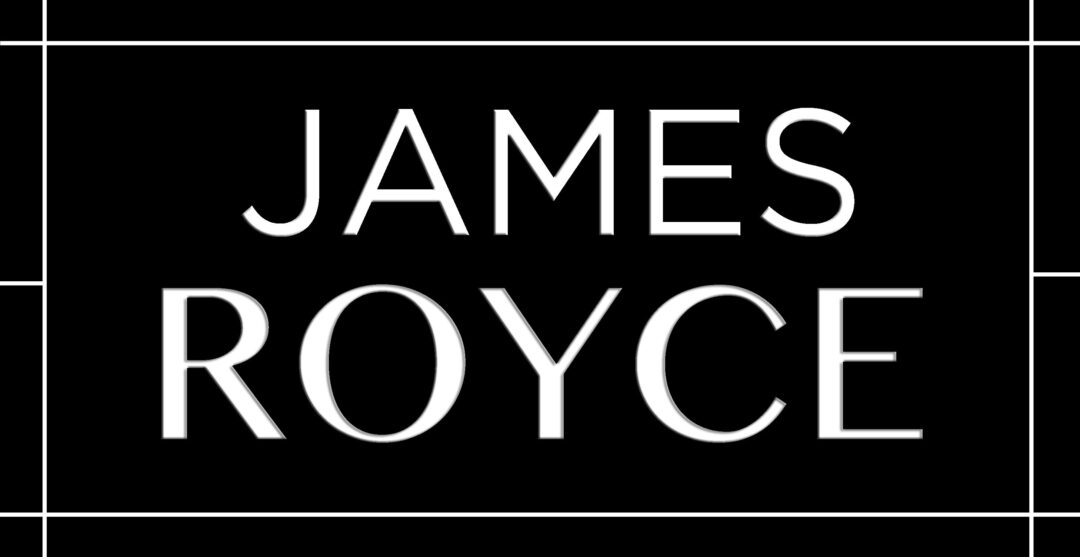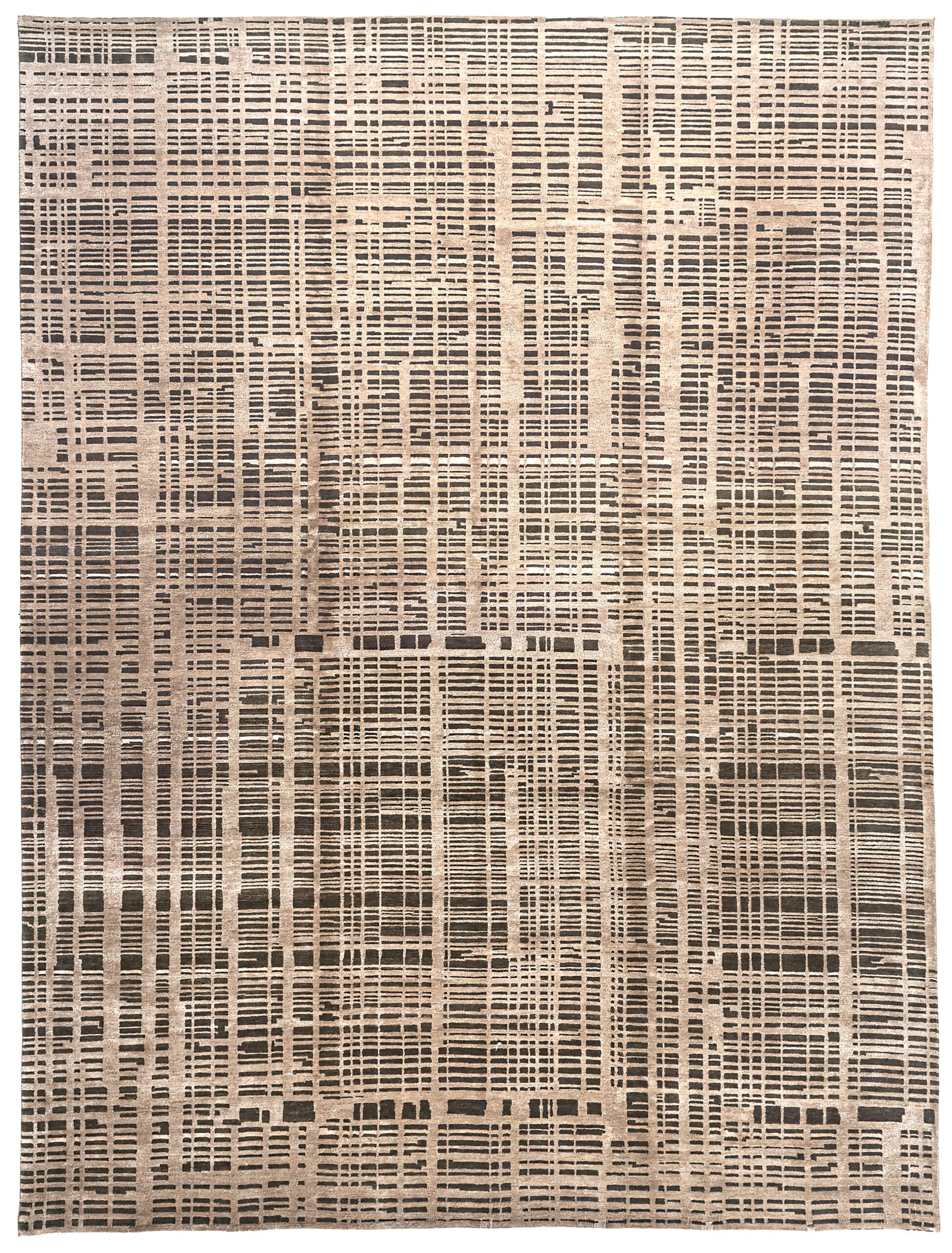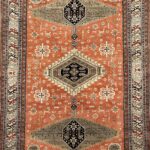Interior Design & Modern Office Life
Several years out of the worst of the pandemic, many companies are still trying to get employees back in the office. Some have done this by offering bonuses, raising salaries, or relaxing their dress code.
Many employees have fought back against these quick fixes. Employees are the backbone of every company, so it is vital to provide a working environment that encourages productivity, creativity, and collaboration.
There is a complex discussion taking place regarding what companies should do to improve work life, but our focus is on the design choices and changes higher-ups can make to ease people back in to office life and provide a better place to work.
Thoughtful Office Design
Trends come and go. From cubicles to long, team-sized tables and the occasional basketball hoop, offices have changed a lot over the last few decades.
This matters more than some might think, as researchers have found that interior design impacts mood and mental health. Considering how much time people spend at work, this means office design plays a significant role in their quality of life.
So, how can employers redesign offices to foster creativity and wellness? It’s all about balance. Create quiet spaces and collaborative ones. Provide work areas that extend beyond cubicles and give people flexibility in how they work, otherwise known as agile work environments.

Offer tables and couches for teamwork, reading rooms and small seating areas for breaks and between meetings. Hot-desking is another popular approach. Workstations are available for reservation or open use, which is ideal for hybrid employees who are rarely in the office.
Employers could take cues from designers re-imagining hotel lobbies. They are working to make them multipurpose—closed off for meetings or opened up for large group dining. The biggest factor is keeping free space and bringing in movable, multi-functional furniture so the office can be used in a variety of ways.


You could also try implementing outdoor and relaxation areas like coffee bars, lounges, or break-rooms with TVs and games to encourage interaction between your employees. Brief breaks can make a tremendous difference in the long run to mental health, job satisfaction, employee retention, and overall productivity.
Employee health is another major consideration. Research shows that 87% of workers would like health-positive accommodations like fitness and meditation rooms, sit-stand desks, healthier lunch choices, and ergonomic chairs.
Nature & Light
Different spaces require different lighting. If you’re trying to create quiet, meditative areas, go the dim, non-fluorescent route. For more productive, collaborative spaces, brighter—preferably natural—light is the way to go.
Natural light does wonders for mood and mental health. Research also shows that employees who stand within 10 feet of a window report an 84% decrease in eyestrain, headaches, and blurred vision. Large windows, skylights, and access to the outdoors throughout the day is wildly important.




Plants offer similar benefits. Indoor plants have reduced stress in some study participants and can help people feel relaxed. While it is hard to make new windows if you’re working with an existing office space, integrating plants into your design is a simple yet effective way to positively improve your employees’ daily lives.
Color
If calmness is your goal, choose neutral colors and elements. Blue also has several psychological benefits, including helping encourage relaxation. According to color psychology, blue aids in offering comfort, tranquility, creativity, trust and dependability. Further, different shades impact us differently.
Bright colors boost mood, and warm colors help generate energy, making both ideal for collaborative work areas. Avoid dark tones that make a space feel confining, and gray which can be draining.
Rugs
As a luxury rug showroom, we admit that we think rugs are vital to this discussion—but that’s because they are!
Old offices often had built-in carpet, but it was gray, drab, and easily stained. That’s why area rugs are a far better choice.
Not every office has a lot of money or room to build distinct areas, but rugs are a cost-effective way to liven up your space. They’re cleanable, changeable, and come in endless colors and patterns.
Rugs are welcoming for employees and guests alike, and add a layer of comfort of any space. The overall goal of office redesigns is to rid them of the cold, corporate feeling, and rugs are a great way to infuse warmth and personality.
Choosing the Right Rug
Factor in what we discussed above. What type of space do you want to create? Is it a quiet room? A collaborative one? In team-based spaces, consider bright, warm, or patterned rugs. In calm areas, something softer and neutral is your best bet.
Rugs also help reduce noise. Higher pile absorbs sound better, so these rugs are a good option for group working rooms or spaces that will be louder. If you plan to move furniture around a lot, get a rug with a low pile (and a rug pad).
Consider how close your rug is to natural light and water from plants, as certain materials do worse with moisture than others. The material you choose is important for a variety of reasons. If you’re designing a room with high traffic or a likelihood of spills, you have to get a rug that can be more easily cleaned.
Case Study
The Ippololito Flietz Group (IFG) is one of several companies that are innovating office design. They create model office spaces that entice prospective tenants into their buildings by using all the relevant in office design.
IFG implemented much of what we’ve talked about. They painted areas designated for group meetings in warm colors meant to stimulate creativity and collaboration. They used cooler, more neutral colors in quiet, independent work areas.
Their lobbies are welcoming and vibrant with bright colors, seating, canopy design elements, lights, and lots of plants.
They designated colorful, soft seating areas for private conversations. Meditation zones, quiet alcoves, and other design elements round out their design.






Source: IFG via Interior Designer
Conclusion
While it may me difficult to bring people back to the office, it isn’t impossible. Redesigning workplaces with employees’ in mind is a huge step forward. While not every business can afford to take such dramatic steps, smaller changes like paint, furniture, and rugs can make a substantial difference.





Leave a Reply